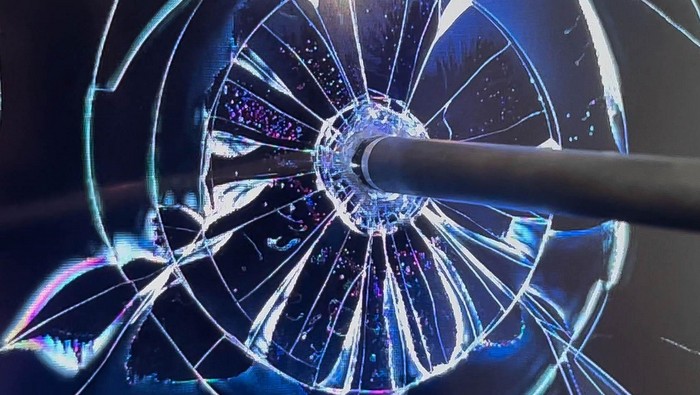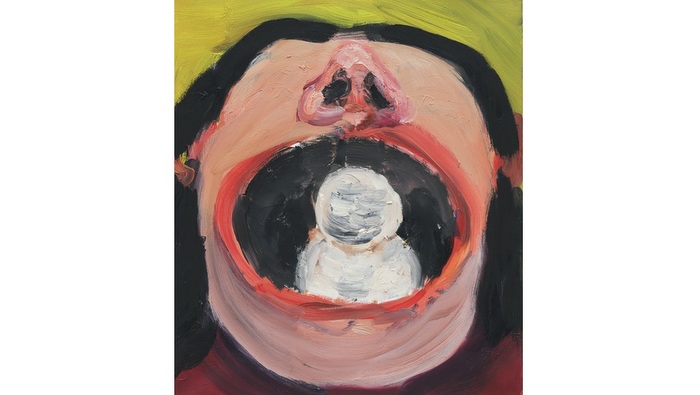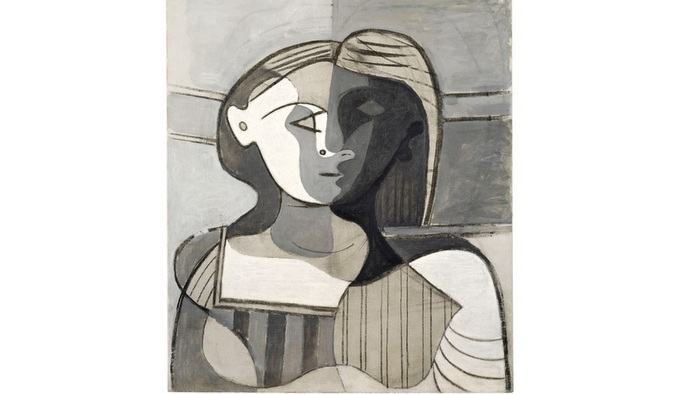Entitled Women: Artistic Territories of Resistance (Mujeres: Territorios Artísticos de Resistencia), this show is going to be exhibited at Sala Estudi General de La Nau, Centre Cultural de la Universitat de València, through September 7. This display is made up of a group of works created by female artists – organized by curator Dr. Irene Ballester Buigues – whose work is based on the equality, a must-have characteristic of a democratic society. They stand as subjects of power and their work is the element that gives them the strength to shed light in the invisible, where the corporeal sphere plays the indisputable leading role, framed within a resistance territory to put on the map new visual and narrative voices, whose open codes bring about new meanings. A collection of images that are meant to tear apart the tension and passivity status imposed on women by the phalocentrism.
Maribel Domènech, Teresa Cebrián, Carmen Calvo, Inmaculada Salinas, Ana Gesto, Diana Coca, Marina Núñez, Cristina Lucas, Myriam Negre, Consuelo Chambó and Rossana Zaera, take down and subvert, by means of the work, the visual culture that is so tied to patriarchal structural patterns. They put on stage what has no name and build a new subjectivity to make way to a new image policy that allows us to subvert old gender dichotomies. So they consciously stamp out the normative aesthetic, so loaded with sexual desire and paradigm of the western aesthetic. Their critic, versatile, constant and deliberate representation capacity allows them to speak, through their art, and show what the patriarchy has hidden behind a thick smoke curtain. Feminism has opened a lot of doors, so many that plurality is its flag, so these artists’ work is also a part of categorical change that has taken place in the art of the 21st century, where representing the non-representable has entailed the fact that artists have spread what the prevailing group didn’t want to see in other female and male hands.
Irene Ballester Buigues (Curator)
Related Publications

Leo Pum presents HYPER LIKE at HYPER HOUSE
December 18, 2025
Aargauer Kunsthaus. Klodin Erb. Curtain falls dog calls
December 17, 2025











